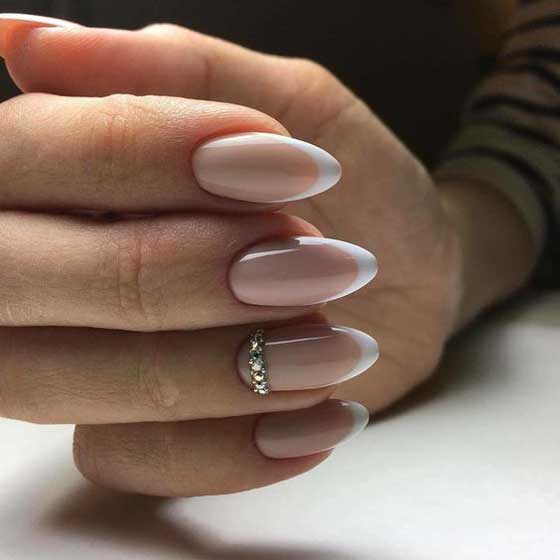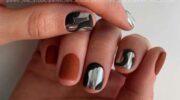Nail polishes, are they so safe? What happens when you use nail polish all the time? How to protect your nails from harmful effects? Let's deal with these questions.
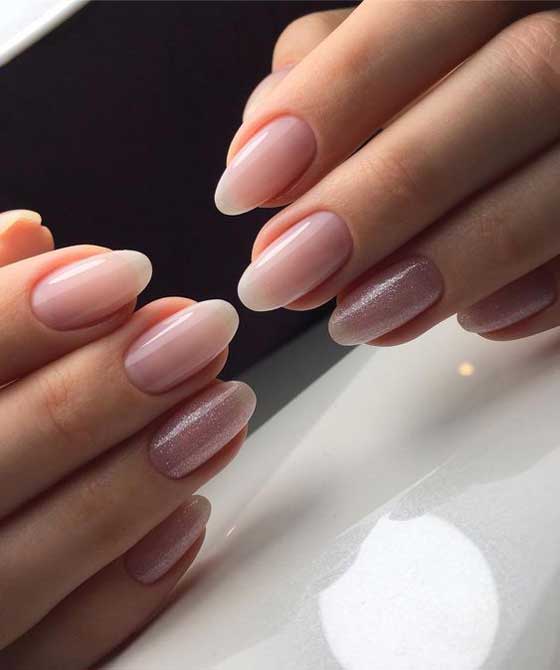
Prettier but not healthier
Nail polish is a popular way to make them look prettier. Most women cannot imagine life without a manicure, and many of them use nail polish every other day. However, varnishes are not entirely harmless. There are a number of reasons why you should be careful when choosing a varnish and removal liquids, and more often try to keep the natural look of the nails. Here are a few more of them.
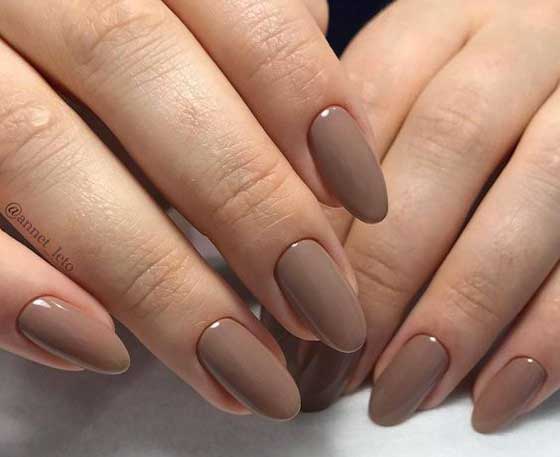
Nails won't get stronger
Without a thin layer of varnish - nails are less protected from the effects of the environment and household chemicals. However, regular use of the product for nail polish remover can have a negative effect on the condition of the upper layer of the nail plate. Nails are made up of layers of keratin, and the strong solvents in nail polish remover dry the surface and the surrounding skin. The varnishes themselves (of poor quality) can also cause them to weaken.
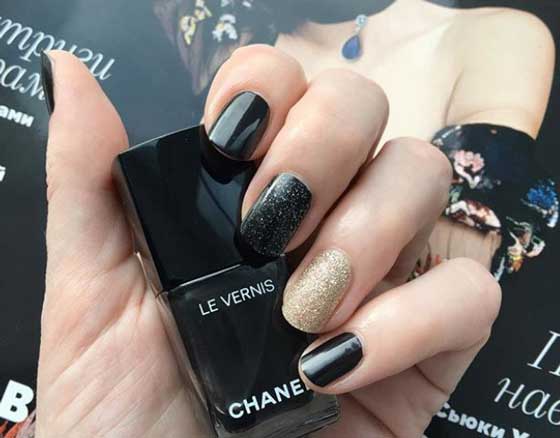
Yellowish tint
Experts believe that frequent use colored polish gives the nails a yellowish tint. Avoiding nail polish means that after a week, the color returns to its natural color, and the surface of the nail becomes shiny and healthy. To yellow nails on the nails you are not bothered, you must always apply a base coat and dry before color coating.
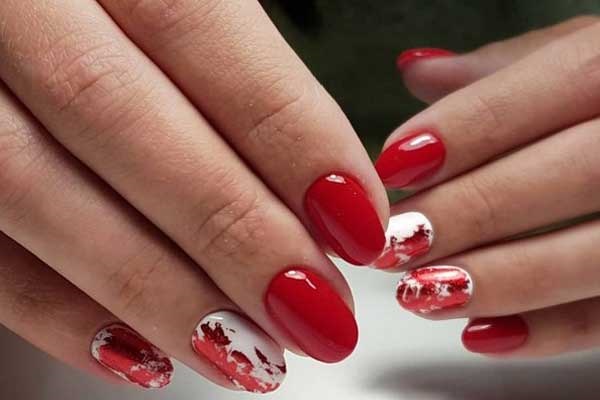
White spots (leukonychia)
Not everyone knows that manicure may cause white spots and streaks on the nails. Frequent use of nail polish and solvent liquids (with acetone) dries and thinns the top layer of the nail, showing white spots and uneven surfaces. Longer refusal to use varnish gives them a chance to regenerate. You should also use quality nail polish removers (no acetone).
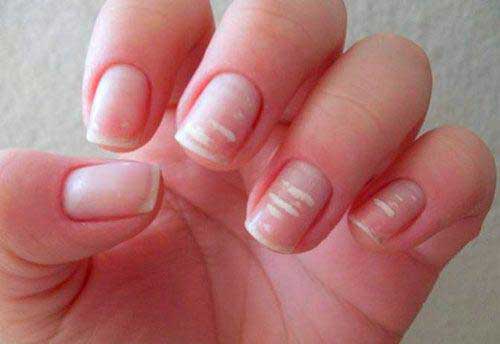
Influence of chemical reagents
Many mothers-to-be refuse to decorate their nails for a good reason. Some varnishes are toxic chemical cocktailwhich can negatively affect health. These varnishes often include:
- ethyl alcohol (acts as a solvent),
- formaldehyde and formaldehyde resins (provide hardness, shine, adhesion to the nail),
- toluene or dibutyl phthalate, camphor (plasticizer) are not entirely safe.
Better understanding of your own health
Did you know that nails are a good determinant of health? Changes visible on the nails, such as thickening, discoloration, and shape changes, can signal various problems such as rheumatoid arthritis, psoriasis, liver problems, heart disease, or vitamin and trace mineral deficiencies. It is difficult to see them under a layer of varnish.
